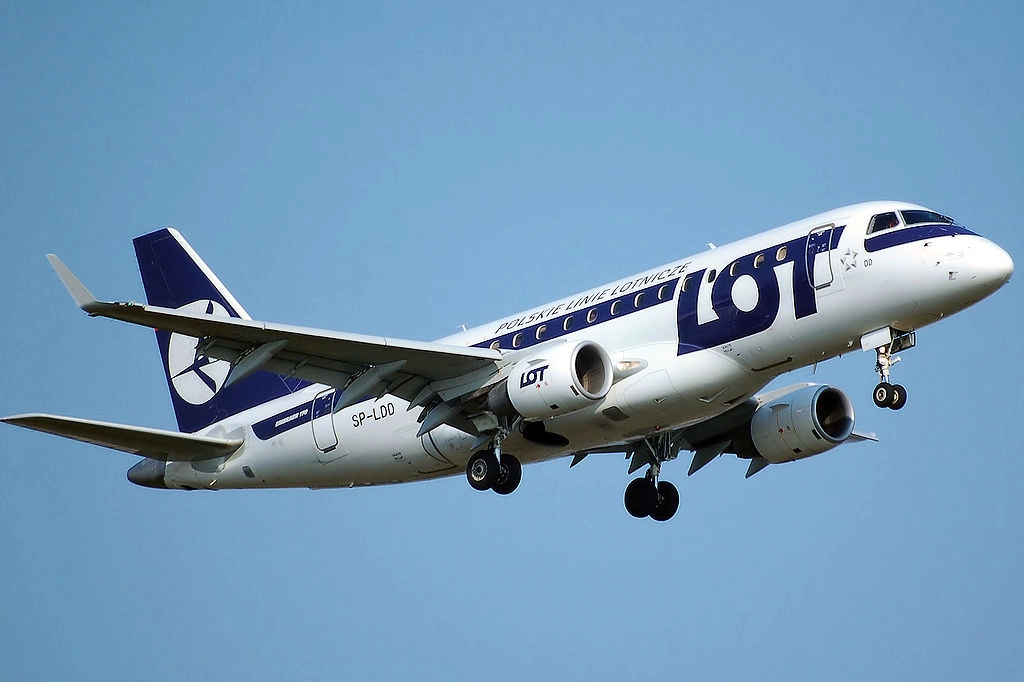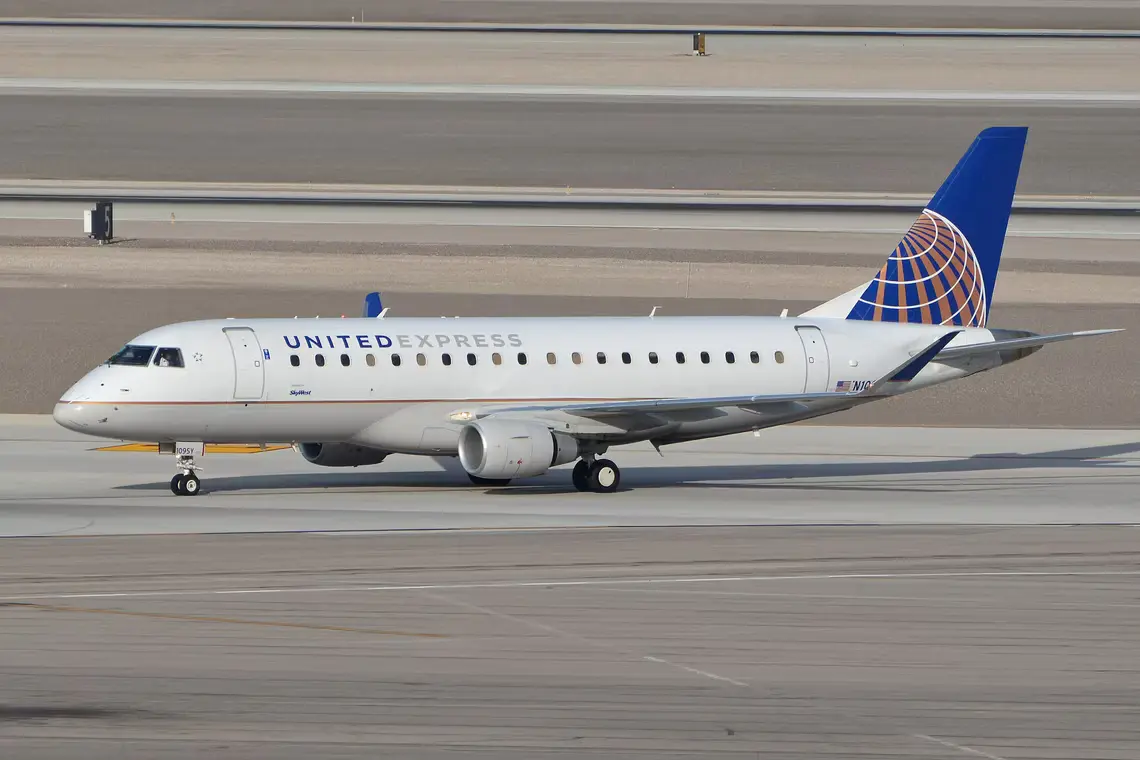
Embraer’s E-Jet family has become a common aircraft for regional flying across the world since it was first introduced in 2004. The Brazilian manufacturer has delivered nearly 1,700 E-Jets as of November 2022, which includes aircraft from the latest E2 family. Among the E-Jet models, the E170 and E175 are the smallest. So, let’s examine and explore the differences between them.
Dimensional differences
To begin, let’s compare and contrast the performance and specifications of Embraer’s E170 and E175 variants. The E170 was the first variant from the E-Jet family to enter service, with LOT Polish Airlines in 2004. It measures 29.90 meters (98 feet and one inch) in length.
In contrast, the E175 model, which is 31.67 meters (103 feet and 11 inches) long, entered service with Air Canada in 2005. This slight increase in length enables the E175 to carry a few extra passengers compared to its smaller counterpart. The larger E175 can accommodate up to 76 passengers in a typical two-class seating configuration, while the E170 can carry up to 66 passengers. It’s interesting to know that neither model has overwing exits.
In one-class seating configurations, the E170 can usually seat between 72 and 78 passengers, while the E175 can accommodate 78 to 88 passengers. Despite having different lengths, the standard-range models have the same 26.01-meter (84 feet and four inches) wingspan.
Regarding height, the E175 is slightly taller than the E170, measuring 9.86 meters (32 feet and four inches) compared to the E170’s 9.83 meters (32 feet and three inches).
Performance statistics
The Embraer E170 and E175 both utilize General Electric’s CF34-8E engines, which can generate a thrust of 14,200 lbf (63 kN) each. These same turbofans are also employed in the Bombardier CRJ series of regional jets and China’s COMAC ARJ21. The engines are an ideal fit for the tasks typically assigned to Embraer E-Jets on a daily basis.

The E170 and E175 are equipped with engines that allow them to cruise at a speed of Mach 0.75 (430 knots / 797 km/h) and reach a maximum speed of Mach 0.82 (470 knots / 871 km/h). They both have a service ceiling of 41,000 feet, but on some shorter flights, they may not reach that height.
In terms of range, the E175 has a slight advantage over the E170, with a maximum range of 2,200nmi (4,074 km) compared to the E170’s 2,150nmi (3,982 km). Therefore, the main difference between the two models is their passenger capacities. However, how have these performance factors influenced their sales?
Contrast between orders and deliveries
We have determined that the E170 and E175 are quite similar in terms of size and performance. However, there is a significant difference in their commercial success, with one model performing much better than the other.
Embraer’s commercial results reveal a significant difference in the success of the E170 and E175 models. As of November 2022, Embraer had delivered only 191 E170s, with no further orders in the pipeline. On the other hand, the E175 remains the most popular model in the E-Jet family, with 714 aircraft already delivered, and a backlog of 103 firm orders.
This discrepancy has influenced the development of the next-generation E-Jet E2 family, where the E170 is the only model not receiving an E2 modernization. Despite this, the E175-E2 has faced slow sales in the US and is not expected to hit the sky until 2024.
Source: https://simpleflying.com/embraer-170-175-differences/